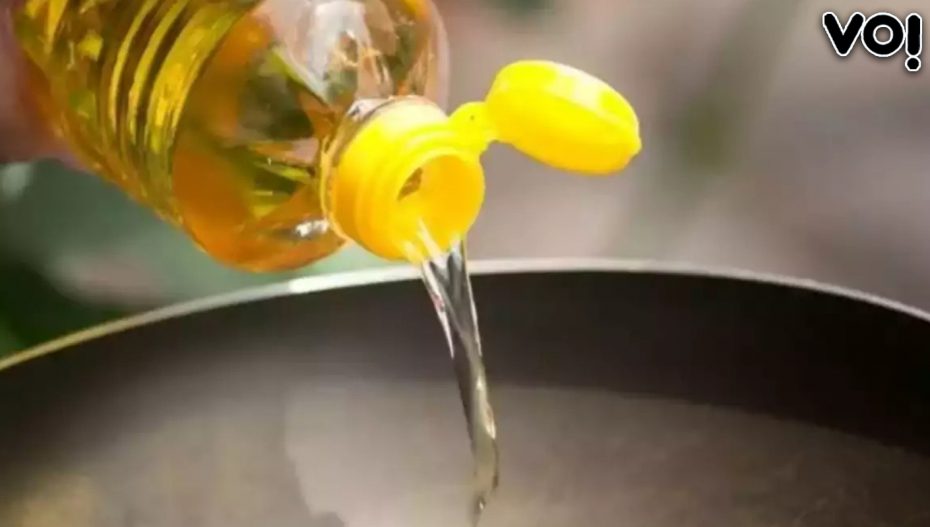If inflation is burning a hole in your pocket, the upwardly mobile price of edible oils is acting like fuel to fire. In the eight-year period 2014-2022), edible oil prices have jumped 350 percent. In the week past, it breached the 400 percent increase mark.
Analysts attribute the abnormal upswing to a dependence on imports and the raging Ukraine-Russian war. Both countries are leading producers of sunflower oil. So, while international factors governing prices of edible oil are beyond control, one wonders about the domestic sting. The government has levied a 35 per cent import duty on edible oil, over and above the local taxes. Little wonder then that the retail price of packaged edible oils such as peanuts, mustard, vanaspati, soy, sunflower and palm have hit an all-time high.
The comparative increase in cost of edible oils in the international market is nowhere near the jump in prices in India. Usually, the two are interrelated and within each other’s range. Take for instance, the price of mustard oil. According to government data, the price of a litre of mustard oil on May 5, 2020, was Rs 90. Today, it is being sold for is Rs 214 per litre.
What then explains the astronomical surge?
The Russia- Ukraine crisis has ruined the oil market. Rising edible oil prices may reach new highs in the coming days. Industry players and experts state that domestic edible oil prices have gone up by 25-40 per cent last month. In 2018, Ukraine and Russia together accounted for 53% of the world’s production of sunflower oil.
The war has affected the supply of sunflower, palm and soybean oil. While manufacture of sunflower oil in Ukraine has been hit by the war, policy and sanctions have impacted palm oil imports from Indonesia into the war-torn nations. Palmitic acid is used in the manufacture of sunflower oil.
South America, a large producer of soyabean oil, also needs palm oil to process the soy seeds. With sanctions on Indonesia in wake of its stand on the Russian aggression, the soy crop in South America is faced with a mammoth wastage.
For all its talk about self-sufficiency, when it comes to edible oils, India depends on imports for more than 50 percent of its needs. From the Rs 125-Rs 135 mark in early March, retail prices shot up to the Rs 180-Rs 200 range in end-April. India is a net edible oil importer and it depends on imports from countries including Ukraine, Argentina and Indonesia for more than fifty percent of its cooking oil needs. Data shows that on an average, an Indian consumes 19 kgs of oil per year, of which 11 kg is imported.
“The war has led to an immediate halt in the supply of sunflower oil, resulting in an increase in demand for other edible oils like palm oil and soybean oil, which were themselves witnessing a demand-supply mismatch before the war,” shared oil importer Punit Agarwal. This has led to a 40 percent rise in the prices of palm and soyabean oil. In the near future, the cost is expected to rise further. “The approach to long-term pricing will be clear only if we know the fate of the war and, more importantly, once we know the actual toll on Ukraine and Russia,” he added.
22 million tonnes consumed, 13 million imports
The current consumption of edible oil in India is about 22 million tonnes, of which 13 million tonnes or about 59 per cent is imported. India imports 8 million tonnes of palm oil from countries like Malaysia, Indonesia; 3.5 million tons of soybean oil from Argentina, Brazil and the US and 2 million tons of sunflower oil from Ukraine, Russia and Argentina.
“Malaysian palm oil achieved new historic highs over several months last year and every month so far in 2022. The production crisis in Argentina, the top soybean oil exporter, has caused stress for traders of both vegetable oil and crude soybeans. The recent slowdown in palm oil exports from Malaysia and Indonesia, damage to the soya crop in Argentina and the war in Ukraine will result in a global crisis for edible oil in the coming months,” he cautioned.
An Opportunity for Indian Farmers?
Under the changed circumstances, Indian farmers of soyabean, cottonseed and mustard may get better opportunities, but for that they will have to increase both their production and quality. As Darshan Nayak, general secretary, Gujarat Khedut Samaj, put it: “Some farmers are yet to receive compensation for the loss of cotton last year, even though cottonseed and mustard oil in the market are touching new heights. The farmer is not reaping the benefit. The government must help the famers and boost domestic edible oil production.”
Also Read: Inflation Triggers Edible Oil And Basmati Rice Prices












